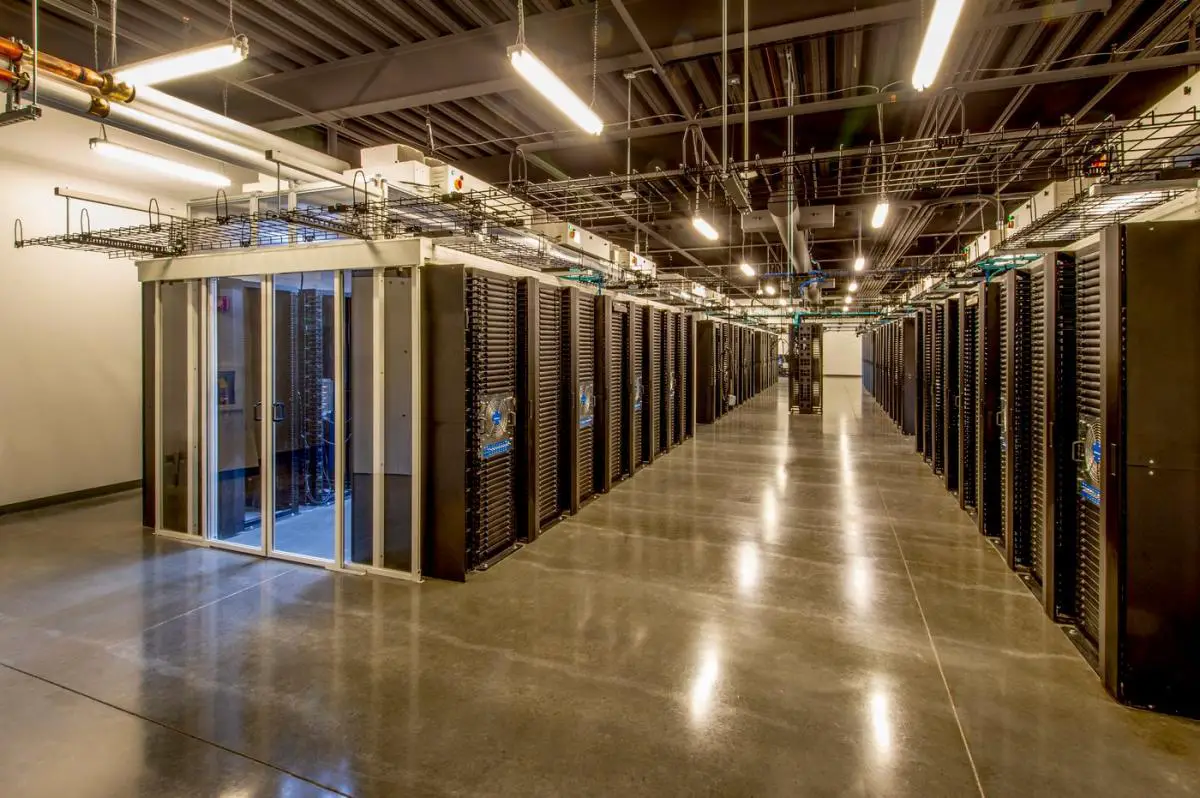Believe it or not, Nvidia was once a company primarily focused on the gaming market. But over the last two years, the company has emerged as the world’s preeminent AI operation. How did that happen?
Well, one of Nvidia’s core products is an advanced chipset known as a graphics processing unit (GPU). GPUs are a critical piece of infrastructure in developing generative AI, and they’ve become a business worth tens of billions of dollars for Nvidia.
Start Your Mornings Smarter! Wake up with Breakfast news in your inbox every market day. Sign Up For Free »
Later this year, Nvidia is expected to release its most powerful GPU architecture yet — known as Blackwell. While this will surely be a tailwind for the semiconductor darling, I see another tempting opportunity that’s hiding in plain sight.
Below, I’m going to break down how the Blackwell launch could make data center company Vertiv (NYSE: VRT) a lucrative choice for AI investors.
It’s hard to say for certain how big of a business Blackwell will become for Nvidia. But with that said, some early trends uncovered by industry research analysts are hinting that the release is going to be a big hit. Last month, Morgan Stanley noted that their forecasts indicate Blackwell could generate $10 billion in revenue just in Nvidia’s fourth quarter.
Shortly thereafter, Morgan Stanley analyst Joseph Moore issued a report stating that Blackwell GPUs are already sold out for the next 12 months. I guess Nvidia CEO Jensen Huang wasn’t kidding when he said that demand for Blackwell is “insane.”
These tailwinds are undoubtedly a good sign for Nvidia. Below, I’m going to detail why Nvidia’s success with Blackwell should parlay into a tremendous opportunity for Vertiv.
At their core, GPUs have the ability to process sophisticated programs and algorithms that help train machine learning applications or large language models (LLMs). While this might sound simple, GPUs are far more complex than running a software program on your laptop.
IT architecture specialists such as Super Micro Computer or Dell Technologies help build the infrastructure that houses GPUs. Essentially, GPUs are integrated into clusters on server racks that sit inside data centers. Since the chipsets are constantly running programs and processing data, it’s not surprising to learn that data centers consume high levels of energy and run the risk of overheating.
Right now, data centers typically rely on air conditioning units, power generators, and fans to offset heat. However, as AI infrastructure spend continues to rise, data centers are going to need to identify more efficient ways to tame heat management. This is where Vertiv comes into the equation.


Leave a Comment